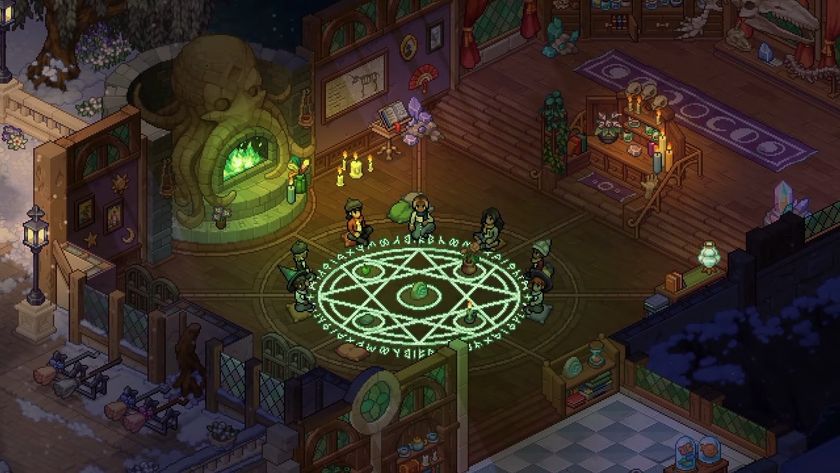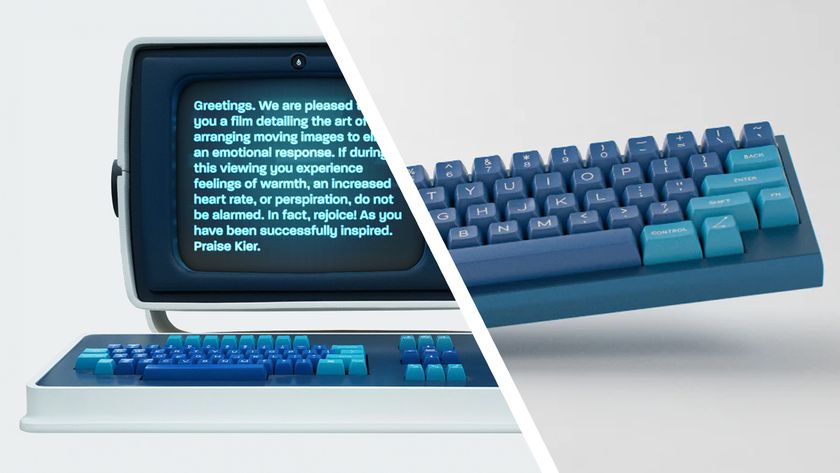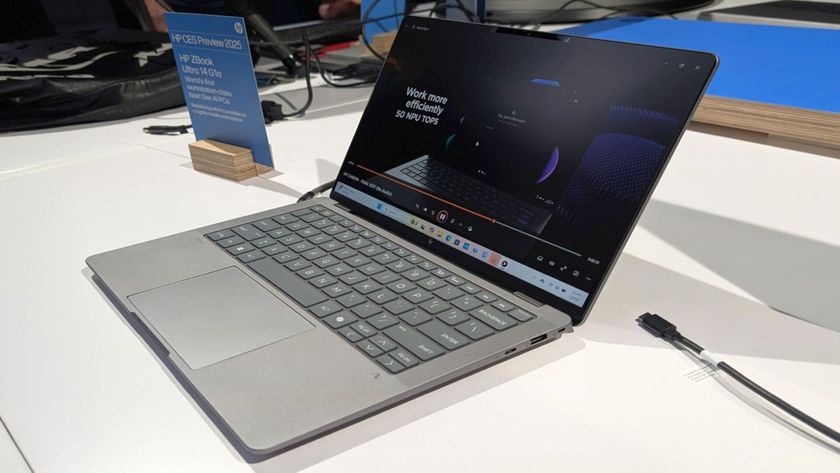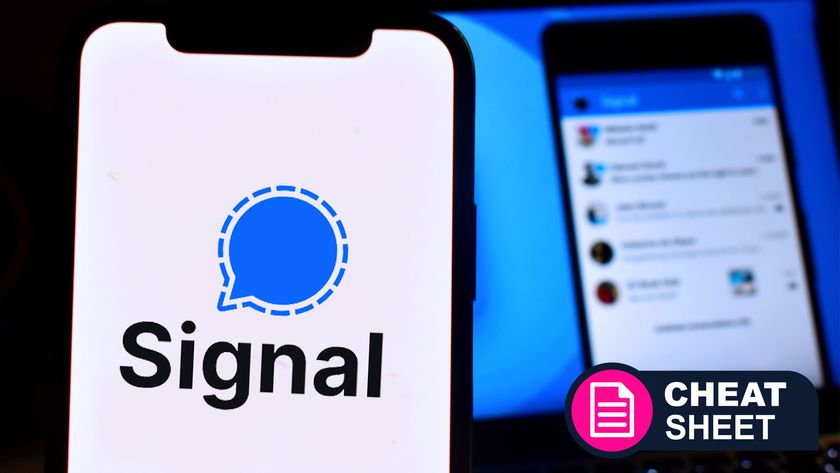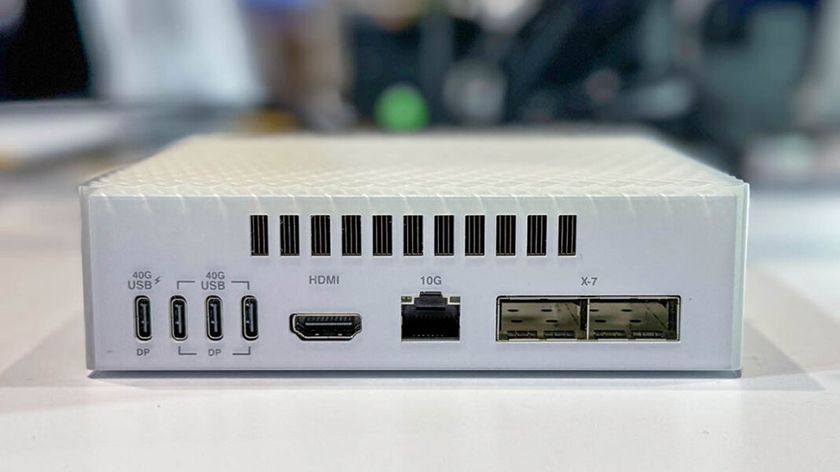Woolly mammoth to walk again? Scientists find perfectly preserved blood
Liquid blood discovery wows the world

World's first photo captured of the electrons inside an atom -- Recently we saw an amazing photo of the hydrogen bonds holding together a polycyclic aromatic hydrocarbon molecule, but now scientists have gone even further, capturing a picture of the inside of an atom.
Using lasers and an incredibly powerful magnetic field, researchers were able to blast electrons from hydrogen atoms, guiding them to detector positions based on their original wave formation within the hydrogen atom. By doing this, the team at AMOLF in the Netherlands was then able to display the resulting image of the electron pattern within the hydrogen atom on a phosphorescent screen as light and dark rings. In capturing these images we can further our understanding of the internal structure of an atom, a crucial part in the miniaturisation of our technology and creation of new materials like graphene and nanocellulose. [PRL]
Plants frozen in the Arctic ice for 400 years are still alive -- It seems getting caught up in a glacier, buried under millions of tonnes of ice for hundreds of years, isn't a death sentence for some extremely hardy mosses. Researchers found frozen moss that dated back 400 years or so, which had recently become uncovered by a retreating glacier in Canada.
Most of it looked brown and dead, but a few green sprigs had already sprung, showing that there was still life in there somewhere. The scientists took some samples of the dead brown moss and ground them up. With a little bit of plant nutrients, water and light, several different species of moss started to grow again. It's known that, unlike most other organisms, moss can regrow from a single viable cell, but nothing this old has been found to still be alive. It seems moss might kick-start the recovery of glacier hit areas once the ice retreats, as it has done after the various ice ages the Earth has been through. [PNAS]
Graphene could be the future of lasers too -- Graphene sure has some amazing properties. The one-atom thick layer of carbon, which is laid out in a hexagonal formation just like chicken wire, is thought to be the strongest, thinnest, most conductive material ever found. But now it could also be useful for creating ultrashort pulses of laser light in any colour, thanks to its ability to absorb light over a large range of wavelengths.
Due to the fact that the electrons bound in the carbon lattice of graphene do not have the characteristic energy bands that most other solid materials do, which require a fixed amount of energy to make an electron 'jump' from one energy state to another, it can absorb any amount of light energy and emit it in different wavelengths. Add that to the incredibly stable thermo properties of graphene, meaning it can also endure high-energy laser blasts, it could make a perfect material for the short pulse lasers needed in high-speed optical communications. It seems graphene might not only revolutionise electronics, but our fibre-based data transfer too. A lightning-quick graphene-powered internet might not be too far off now. [Nature]
This is NASA's new cutting-edge solar electric propulsion thruster -- Looking like something out of Tron, NASA's been showing off its new thruster, which is designed for the next generation of space exploration. The engine fires xenon ions out the back, pushing the spacecraft forward in the vacuum of space.
Get daily insight, inspiration and deals in your inbox
Sign up for breaking news, reviews, opinion, top tech deals, and more.
![NASA'a thruster [Image credit: NASA/JPL-Caltech]](https://cdn.mos.cms.futurecdn.net/8be83751711b5ed68cfae55b2ac3336a-320-80.jpg)
The engine is an update of an original thruster design, as equipped on probes sent into space as part of NASA's Dawn mission to the asteroid belt. The space agency is looking at using this new advanced engine as part of its asteroid capture plan, to redirect a small asteroid safely into Earth's orbit for study. [NASA]









